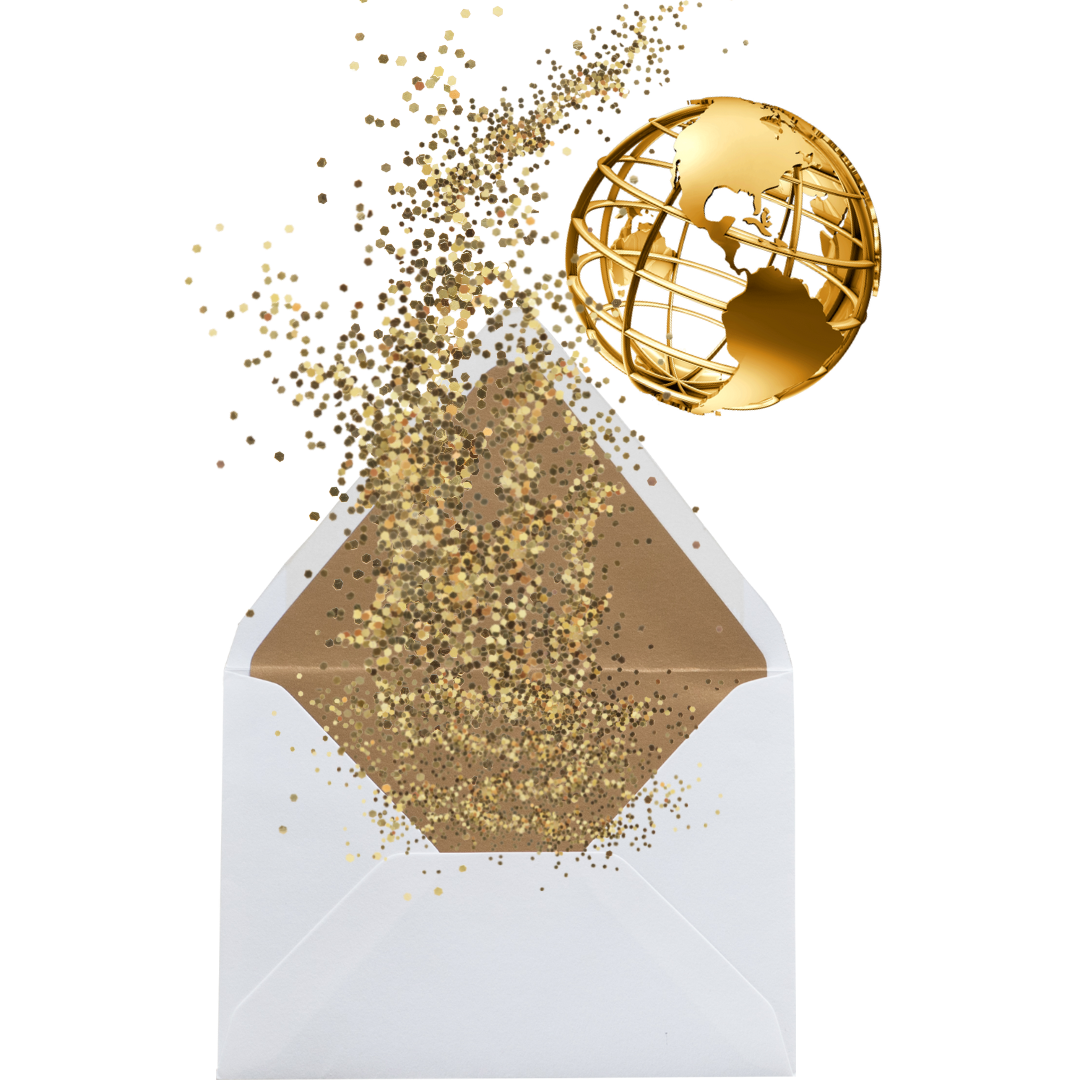Taiwan is a 35,883 sq km (13,855 sq mi) island that was once occupied by the Spanish, Dutch, and Japanese. Today, it has a population of 23 million people. They speak Taiwanese, Mandarin Chinese, Hakka, and aboriginal dialects from 13 tribes. Taiwan is the birthplace of bubble tea, the place where half the Barbies in the world were made between 1963-1987, and the home of Taipei 101, one of the tallest buildings in the world.
What is the relationship (or divide) between the People’s Republic of China (PRC) and Taiwan?
In 1949, the Chinese Communist Party drove “the Nationalists” off the mainland and onto the island of Taiwan. Then, the Party declared the People’s Republic of China (PRC). As a result, it replaced the Republic of China (ROC) government, and established and claimed sovereignty of Taiwan as One China. The One China policy says that China includes the mainland, Hong Kong, Macau, and Taiwan (as the 23rd province). Therefore, the current relationship with Taiwan encompasses multiples issues including investment, tourism, culture and government agreements.
Taiwan still retains the name Republic of China (ROC). Regardless of the defeat in 1949 and the fact that the PRC is recognized as the legitimate government of China by major world powers and the UN, the ROC continues to assert its status as a sovereign and independent state. The Taiwanese are proud of their own economic accomplishments, cultural identity, and language.
How do we tackle the Taiwan question?
The “Taiwan issue” is complex. As outsiders our role is not necessarily to take sides, (dis)agree, or (dis)like. Rather, we can seek to understand the roots of the issues and where our friends and colleagues on both sides may be coming from. So, are you curious to learn more about the history of this issue? You can do that here.


